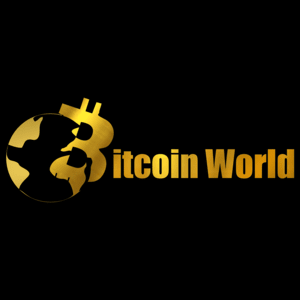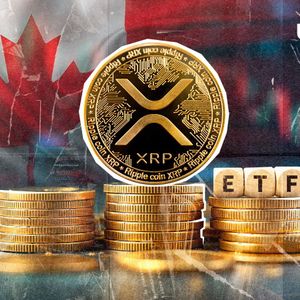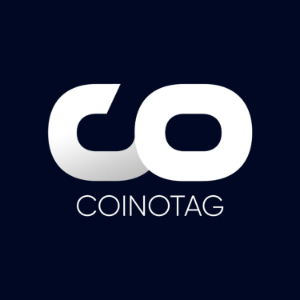Scroll Network: Crucial Stage 1 Reached for Ethereum Rollup
3 min read
Exciting news from the world of Ethereum Layer 2 scaling! The Scroll network, a prominent Ethereum rollup project, has officially entered Stage 1 of its development lifecycle. This marks a significant milestone, enhancing the network’s resilience and taking a key step towards greater blockchain decentralization. What is the Scroll Network and Why is Layer 2 Scaling Essential? The Scroll network is built as a Layer 2 scaling solution for Ethereum. Why is this necessary? Ethereum, while robust and secure, faces challenges with scalability. High transaction volumes can lead to network congestion and expensive gas fees. Layer 2 solutions like Scroll aim to address this by processing transactions off the main Ethereum chain (Layer 1) and then posting compressed data or proofs back to Layer 1 for final settlement and security. This approach allows for significantly higher transaction throughput and lower costs, making decentralized applications (dApps) and everyday transactions more accessible and affordable for users. Understanding Scroll’s zk-Rollup Technology Scroll utilizes a specific type of Layer 2 technology known as a zk-rollup . Zero-Knowledge Rollups bundle hundreds or thousands of off-chain transactions into a single batch. A cryptographic proof, called a zero-knowledge proof (ZK proof), is generated for this batch, verifying the validity of all transactions within it without revealing any specific details about the transactions themselves. This proof is then posted to the Ethereum mainnet. The security of the zk-rollup relies on the cryptographic validity of these proofs and the security of the underlying Ethereum Layer 1. Anyone can verify the proof on Layer 1, ensuring the integrity of the state transitions processed on the Scroll network. Stage 1 Reached: Boosting Resilience and Censorship Resistance The recent announcement that Scroll has entered Stage 1 of its Ethereum rollup development is a crucial step. According to a post by Scroll, this stage specifically enables the network to continue processing transactions uninterrupted even in the event of a system failure or censorship attempts. What does this mean in practice? It significantly enhances the robustness and reliability of the Scroll network . Here are some key benefits: Increased Resilience: The network becomes more resistant to technical failures or outages of specific components or operators. Enhanced Censorship Resistance: Transactions submitted to the rollup are more protected against being deliberately excluded or blocked by operators. This is vital for maintaining the decentralized ethos of blockchain technology. Improved Liveness: The network’s ability to remain operational and process transactions consistently is strengthened. Reaching Stage 1 is a clear signal of the project’s progress towards building a more robust and decentralized infrastructure for Layer 2 scaling on Ethereum. The Path Towards Full Blockchain Decentralization Entering Stage 1 is a significant milestone, but it’s part of a broader journey towards full blockchain decentralization for the Scroll network. Rollup development stages are typically defined by the level of decentralization and trust assumptions required for users. While Stage 1 addresses crucial liveness and censorship resistance aspects, future stages will likely focus on progressively decentralizing other components, such as the sequencer (the entity that orders and batches transactions) and the prover (the entity that generates the ZK proofs). The ultimate goal is a permissionless and trust-minimized system where no single entity has undue control, aligning with the core principles of blockchain decentralization . What Does This Mean for Scroll Users and Developers? For users and developers interacting with the Scroll network , reaching Stage 1 provides increased confidence in the platform’s reliability and censorship resistance. This is an actionable insight: building and transacting on Scroll becomes more secure and aligned with decentralized principles. Developers can be more confident in deploying dApps that require high uptime and resistance to censorship. Users can transact knowing their activities are processed on a more resilient Layer 2 scaling solution. This milestone signals that the zk-rollup technology powering Scroll is maturing and moving closer to its fully decentralized vision. Conclusion: A Vital Step for Scroll and Ethereum Scaling Scroll’s entry into Stage 1 for its Ethereum rollup is a vital development. By significantly boosting resilience and censorship resistance, the Scroll network enhances its value proposition as a leading Layer 2 scaling solution. This milestone represents concrete progress on the path towards full blockchain decentralization and reinforces the potential of zk-rollup technology to scale Ethereum effectively. As Scroll continues its development journey, users and developers can look forward to an increasingly robust and decentralized platform. To learn more about the latest Ethereum rollup trends, explore our article on key developments shaping Ethereum Layer 2 scaling.

Source: Bitcoin World



